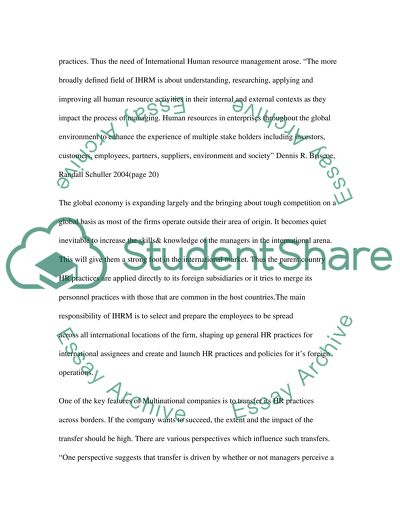Cite this document
(“Similarities in the General Human Resource Practices Article”, n.d.)
Similarities in the General Human Resource Practices Article. Retrieved from https://studentshare.org/human-resources/1502431-international-human-resource-management-master-essay
Similarities in the General Human Resource Practices Article. Retrieved from https://studentshare.org/human-resources/1502431-international-human-resource-management-master-essay
(Similarities in the General Human Resource Practices Article)
Similarities in the General Human Resource Practices Article. https://studentshare.org/human-resources/1502431-international-human-resource-management-master-essay.
Similarities in the General Human Resource Practices Article. https://studentshare.org/human-resources/1502431-international-human-resource-management-master-essay.
“Similarities in the General Human Resource Practices Article”, n.d. https://studentshare.org/human-resources/1502431-international-human-resource-management-master-essay.


